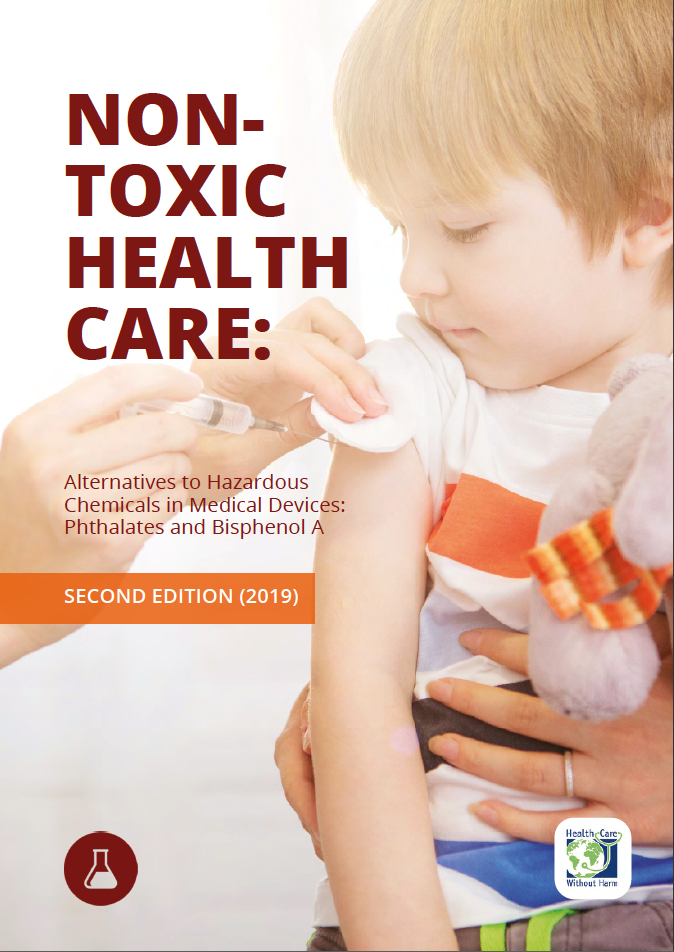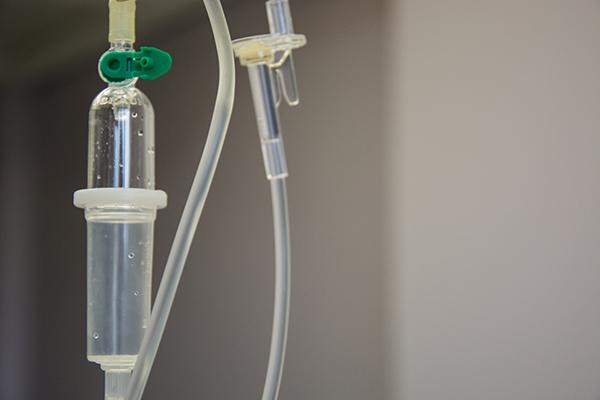Patients can be exposed to hazardous chemicals, including endocrine disrupting chemicals (EDCs) such as DEHP and BPA, during medical procedures – this contributes to a continuous, long-term, and low-level exposure to a mixture of different hazardous chemicals, which can cause or enhance adverse effects on human health and the environment.
Modern healthcare uses of a wide range of plastic-based medical products to provide high quality and effective treatment to patients. As a consequence high volumes of plastic single-use products and complex plastic composites containg hazardous chemicals are routinely used by the European health sector and it is becoming increasingly important to understand the impact these materials have on human health.
In the 2014 report Non-toxic Healthcare: Alternatives to Phthalates and Bisphenol A in Medical Devices, HCWH Europe compiled the growing evidence base of hazardous chemicals found in medical devices, primarily phthalates and Bisphenol A (BPA). This report also highlighted related legislation and initiatives to reduce exposure in healthcare, as well as individual hospitals that were working on substitution of products containing these hazards.
Since this report’s publication, developments such as the 2017 EU Medical Devices Regulation have introduced provisions that will further support a phase out of endocrine disrupting chemicals, carcinogenic, mutagenic and reprotoxic substances - particularly phthalates in medical devices.

Prevention is always better than cure - a central theme to this report; reducing toxic exposures in the healthcare sector aligns with its healing mission to first do no harm.
Safer, alternative medical devices do exist and are widely available, we can protect vulnerable patients including the unborn from DEHP exposure by insisting on PVC-free, DEHP-free, and BPA-free products. Further development of safer medical devices by manufacturers, and greater demand from healthcare professionals, could see the authorisation of DEHP in medical devices being denied when safer alternatives are available and ultimately contribute to a complete transition away from DEHP and BPA.
